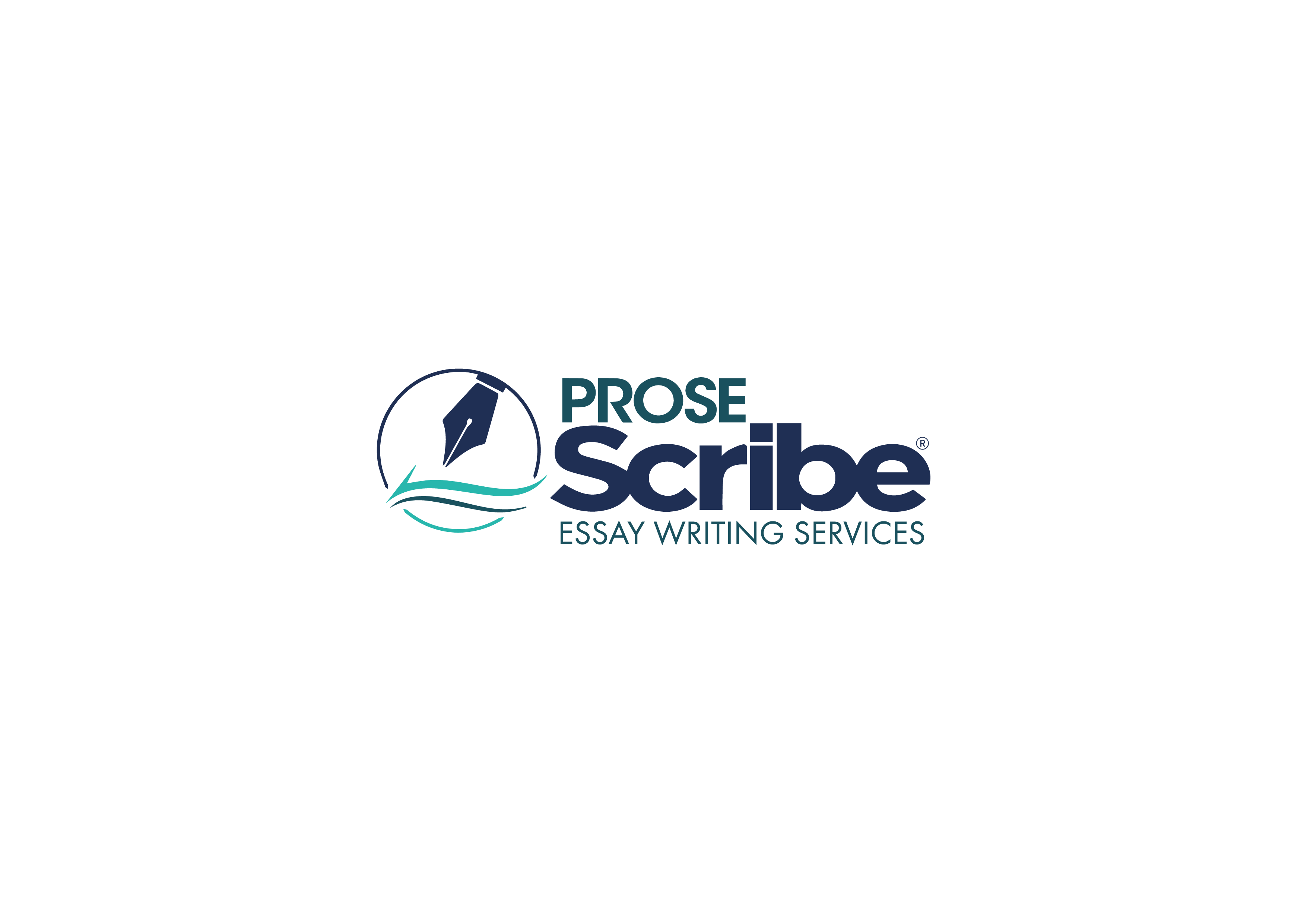SAMPLE:
EFFECTS OF HOPE
Literary Analysis: Effects of Hope
The role of Dr. Jerome Groopman is very sentimental in exploring the existing health
care issues within the culture and social setting. Dr. Jerome explains that hope plays a
significant role in patient’s recovery. Observably, he stipulates that hope is a constituent of
individual’s emotions and feelings but it is quite challenging to explain its real meaning
(Groopman, 2005). In his book Anatomy of hope, the stories, ‘the right to hope’ and ‘undying
hope’ describes a clear understanding of hope and its effects.
Groopman’s Anatomy of Hope stories explains his longtime experience concerning
patients’ hope during illness. Furthermore, the stories provide his reflection on how doctors can
manage the hope of patients. Notably, Dr. Jerome explains his encounter with individuals from
different social and cultural backgrounds and their perception of hope. To some patients, hope
enabled them to positively believe about the outcome of their illness. On the other hand, he
elucidates that hope is not optimism thus it is a reality which patients must face. Clearly, Jerome
differentiates hope from delusion. Additionally, he explains the importance of patients to
distinguish between false and true hope (Groopman, 2005). He stresses the importance of
understanding the hope limits among the patients. Significantly, Dr. Jerome provides a clear
comprehension of hope and its effects on the healing process of patients.
To the patients, hope proved to be crucial in healing process just like prescribed
medication offered to them or any other healing process provided to them. In his view, he
describes that the effects of patients’ hope were evident when he started his career. Previously, in
medical training, he saw the patients as interesting puzzles. Treatment and diagnosis of illnesses
proved to be incomplete although they were all essential to the pathogens. As a result, he decided to learn the effects of emotions on the patient’s health and illness. At some point, he believed
that his decision was unsubstantial, obscure, and just wishful thinking (Groopman, 2005). The
undying hope story demonstrates hope as a magic that assists the patients’ recovery. Dr. Jerome
saw hope a catalyst in easing the difficult process of finding a cure.
The Right to Hope story vividly explains the purpose of hope as providing courage to
face situations and overcome them. Patient’s emotions including hope, as Dr. Jerome, describes
‘potentially affect logic and other intentional feelings’. Significantly, they affect the patient’s
perception and the process of decision making. He also pointed out that one of his cancer
patients; David Covell demonstrated hope as an active process (Groopman, 2005). Moreover, he
depicted hope as essential for all patients in fighting diseases. Groopman experience can be
viewed as emotion and rational thought’s synthesis into an accurate plan for patients’ bright
future. Anatomy of Hope provides the distinction between the patient wanting to believe in
something and having to believe in it. Dr. Jerome suffered a serious backache for nineteen years.
A certain physician encouraged him to find relief through altering his beliefs concerning pain
and have hope. Notably, he experienced physical changes after he acquired hope (Groopman,
2005). This indicates that hope plays a role in healing.
Overall, Dr. Jerome Groopman’s stories play a very crucial role in the healing process of
patients. Evidently, Groopman provides a hope based approach to patient healing (Groopman,
2005). Hope establishes courage for the survival of the patients regardless of whether it comes
from God, any other supernatural or natural being. Hope affects the outcome of healing process
according to patient’s beliefs.



